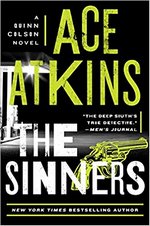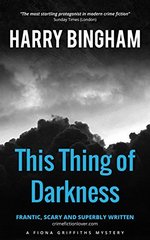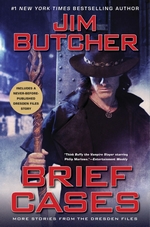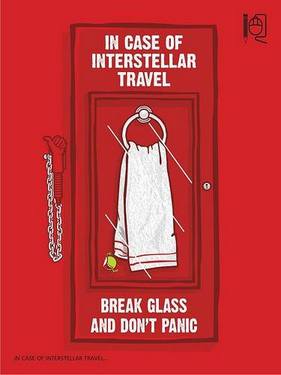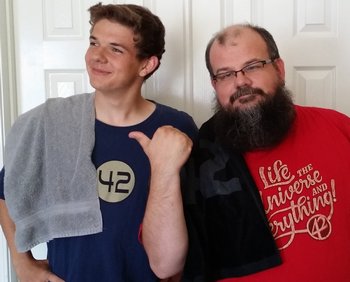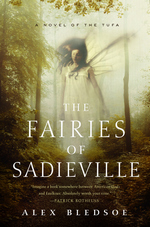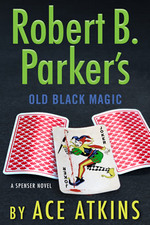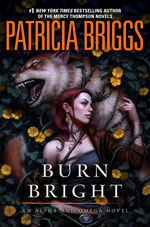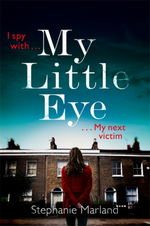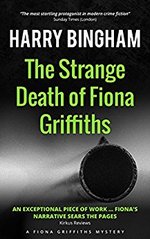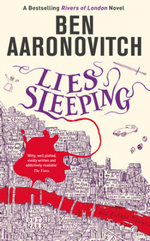 Lies Sleeping
Lies Sleeping
by Ben Aaronovitch
Series: The Rivers of London, #7eARC, 304 pg.
Daw Books, 2018
Read: October 3 – 5, 2018

I’ve got to say, I’d much rather be talking about this book in detail with someone else who had read the series than talking about it in spoiler-free form, so much of what I feel strongest about with this book cannot be discussed. Aaronovitch has outdone himself this time — it’s the best book of the series thus far, and that’s no mean feat.
It’s easy — far too easy — when thinking about this series to think of the lighter aspects — the humor, the heart, Peter’s growing pains, the snark, the pop culture references, and whatnot. That’s typically where my mind goes, anyway. But time after time, when picking up the latest novel, or even rereading one, I’m struck by how carefully written, how detailed everything is, how layered the text is — and I feel bad for underestimating Aaronovitch. Not that I have anything against breezy, jokey prose — but there are differences. Nor am I saying these books are drudgery — at all — the stories are fun, the voice is strong, and the narration will make you grin (at the very least, probably laugh a few times, too). In Lies Sleeping part of that care, part of the thoroughness of this novel is how there is a tie — character, event, call-back, allusion — to every novel, novella, comic arc involved in the Rivers of London up to this point — if you haven’t read everything, it won’t detract from your understanding of the novel — but if you have read them all, if you catch the references — it makes it just that much richer.
So what is this novel about? Well, after years of chasing The Faceless Man (and The Faceless Man II), Peter Grant (now a Detective Constable) and Nightengale have his identity, have several leads to follow to track him down — or at least his supporters and accessories (willingly or not). Better yet — the Metropolitan Police Force have given them the manpower they need to truly track him down and interfere with his funding and activities.
During this operation, Peter, Guleed and Nightengale become convinced that Martin Chorley (and, of course, former PC Lesley May) are preparing for something major. They’re not sure what it is, but the kind of magic involved suggests that the results would be calamitous. How do you prepare for that? How do you counter the unexpected, but dangerous? There are two paths you follow: thorough, careful, borderline-tedious policework; and bold, creative, innovative thinking. The two of those employed together lead to some great results — and if Peter Grant isn’t the embodiment of both, he’s . . . okay, he’s not perfect at the former, but he can pretend frequently (and has colleagues who can pick up the slack).
Not only do we get time with all our old friends and foes — we meet some new characters — including a River unlike anyone that Father or Mama Thames as yet introduced to. Mr. Punch is more involved in this story than he has been since Midnight Riot, but in a way we haven’t seen before. Most of the character things I want to talk about fit under the “spoiler” category, so I’ll just say that I enjoyed and/or loved the character development and growth demonstrated in every returning character.
There’s more action/combat kind of scenes in this book than we’re used to. I couldn’t be happier — Peter’s grown enough in his abilities and control to not need Nightengale to bail him out of everything. Nightengale and Peter working together in a fast-paced battle scene is something I’ve been waiting to read for 7 years. It was worth the wait.
As I said before, Lies Sleeping is the best and most ambitious of the series — the richness of the writing, the audacity of the action, the widening scope of the novel, the Phineas and Ferb reference, the epic battle scenes, the growth in Peter, Bev, and Guleed (and maybe even Lesley), the ending rivals Broken Homes‘ — all add up to a fantastic read. Yeah, I’m a fanboy when it comes to this series, and Lies Sleeping made me a happy fanboy. I have no idea how Aaronovitch moves on from this point with these books, but I cannot wait to find out.
—–

Disclaimer: I received this eARC from Berkley Publishing Group via NetGalley in exchange for this post — thanks to both for this.


